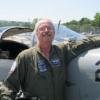
Sign in to follow this
Followers
0

Your options about these two planes from FSD
By
tanker, in MS FSX | FSX-SE Forum


By
tanker, in MS FSX | FSX-SE Forum